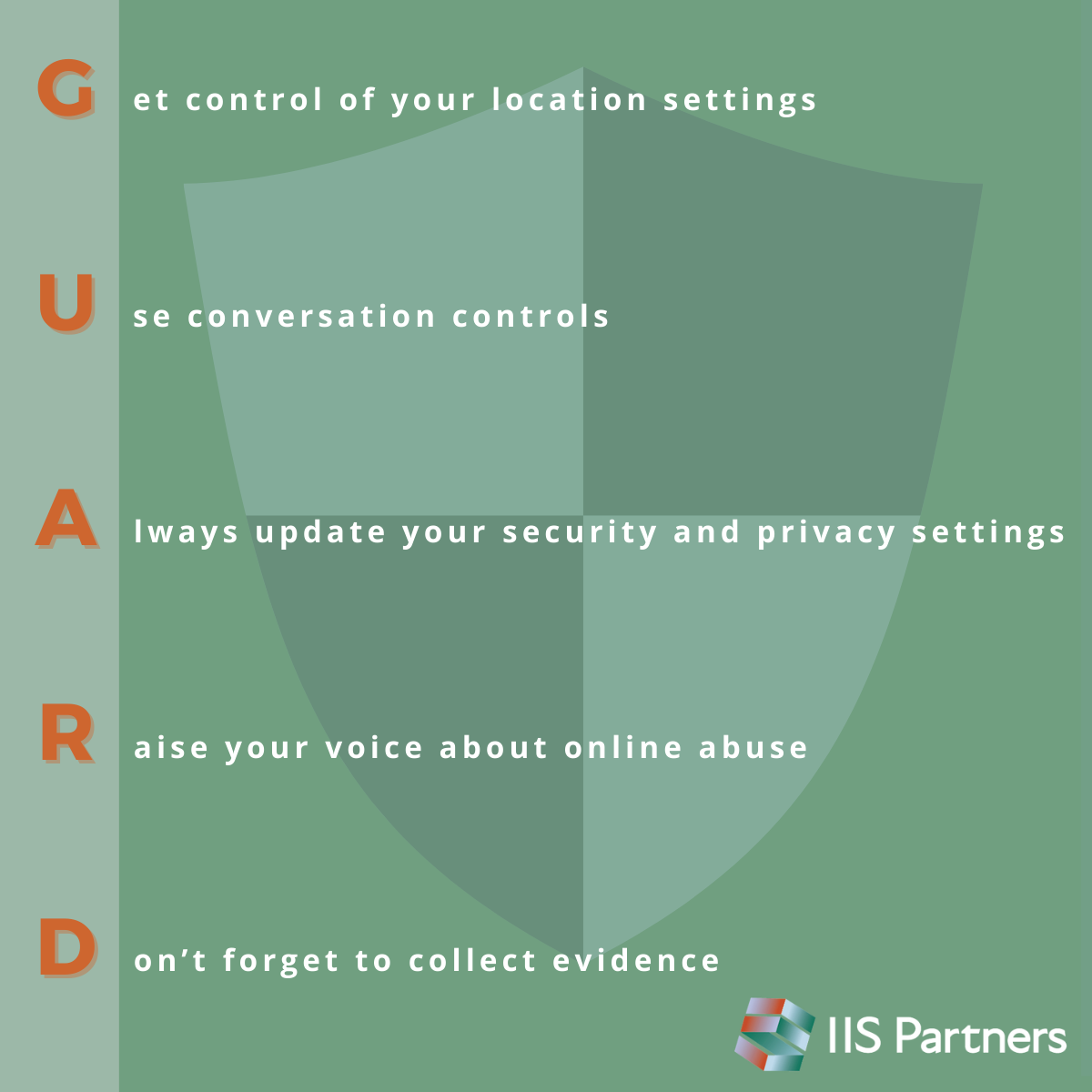By David Zhu, Sarah Bakar, Sarah Brichet and Eugenia Caralt
IIS is proudly supporting the eSafety Commissioner to mark Safer Internet Day on 8 February 2022, an annual event to promote cyber safety and a healthier online environment.
Australian Privacy regulators are leading the effort to improve online safety protections during a unique and uncertain time as remote learning and working have become commonplace. eSafety Commissioner Julie Inman Grant revealed that since the start of the COVID-19 pandemic, serious cyberbullying towards children was up by 30%, while adults experienced a nearly 40% rise in online harrassment. Because of the challenges presented by these circumstances, online safety risks are front of mind.
Regulatory theme
This year, Safer Internet Day’s theme is “Play it Fair Online”, which comes as the Federal Government is seeking to reform online abuse laws after introducing the Social Media (Anti-Trolling) Bill late last year. To access useful eSafety resources, you can click on the following links:
IIS’s Safer Internet Day 2022 message: G.U.A.R.D. against online abuse
As we look ahead to 2022 and beyond, IIS’s view is that strong privacy and security practices are paramount for organisations to prevent and respond to online abuse. It is also important for parents and educators to be aware of privacy controls and security settings in order to protect children on digital platforms, which often contain inappropriate or malicious content.
This year, eSafety has published a set of privacy tips for educators, workplaces and the broader community. In this post, we have compiled these tips, along with our own commentary to help you G.U.A.R.D. against online abuse.
IIS’s top five tips for online safety
1) G is for: Get control of your location settings
Location settings are embedded into all types of technology and are important for geo-tracking services such as map apps. However, allowing the unrestricted use of these settings can allow others to track you with malicious intent.
eSafety recommends users to safeguard their privacy by turning off location tracking features when not necessary and manually choosing when and with whom to share your location with.
You can get more information on location settings here.
2) U is for: Use conversation controls
Conversation controls can help manage who sees and interacts with you online.
eSafety advises users to mute, block or unfollow cyber abusers, in order to minimise the harm caused.
IIS also recommends the following Do’s and Don’ts to be fair and kind online:
· Do treat others with the same respect that you would want others to treat you with.
· Do consider others and be tolerant of different views and opinions.
· Do speak up against online abuse when it is safe to do so.
· Don’t share secrets or sensitive information.
· Don’t send insulting, mean or derogatory messages.
· Don’t “diss” others or spread false rumours.
Check out The eSafety Guide for information on conversation controls for popular platforms such as Facebook, Instagram, Tiktok and most popular online games.
3) A is for: Always update your security and privacy settings
Cybercriminals, stalkers, and other malicious actors can exploit vulnerabilities in unsecured online accounts to access, steal and leak your personal information.
To protect against this, eSafety recommends using unique and strong passwords for each online account, signing out of platforms when you’re not using them and turning on multi-factor authentication. Having strong security questions that only you can answer is also useful as an extra layer of protection.
IIS further recommends updating and backing up your devices regularly, to minimise security vulnerabilities and keep your information secure.
For guides on how to enhance your security and privacy settings, eSafety has a set of how-to-videos.
4) R is for: Raise your voice about online abuse
It’s important to report online abuse to the relevant online platforms and, depending on the level of harm, escalate it to the police and other authorities. This will help keep websites and social media platforms respectful and safe for users.
For advice and support or to report online abuse, go to eSafety.gov.au.
5) D is for: Don’t forget to collect evidence
Collecting evidence of online abuse can help authorities track down offenders and ensure that your rights are protected.
The eSafety commissioner recommends victims of online abuse to take a screenshot and save a URL of these incidents. However, evidence should only be collected when you feel it is absolutely safe to do so.
eSafety’s step-by-step guidance on collecting evidence can be accessed here.
Participating in Safer Internet Day 2022
If you have been considering taking steps to raise online safety awareness and/or strengthen your organisation’s privacy practices, participating in Safer Internet Day 2022 is an excellent starting point.
Sign up here to support Safer Internet Day or contact IIS to help you and your organisation make online safety a priority.


